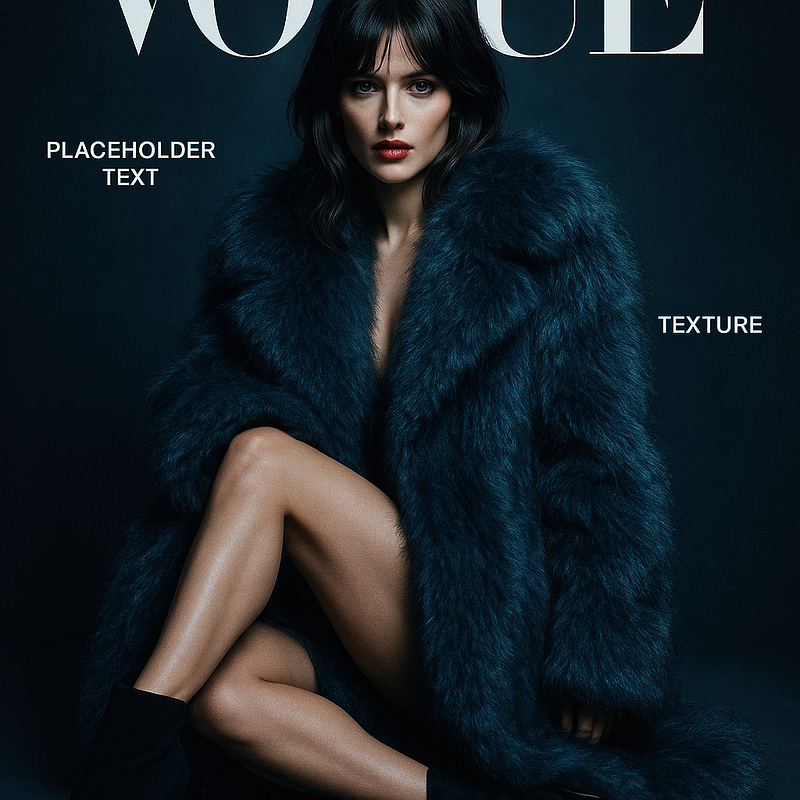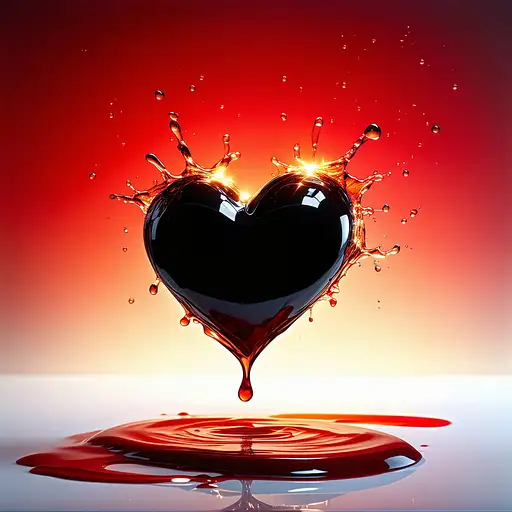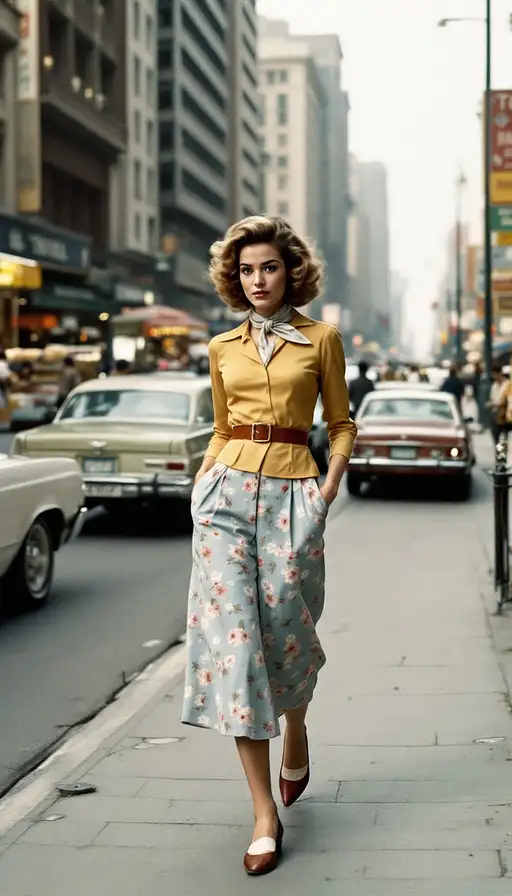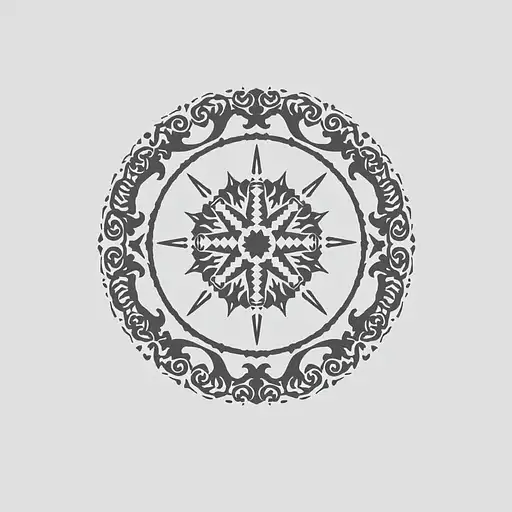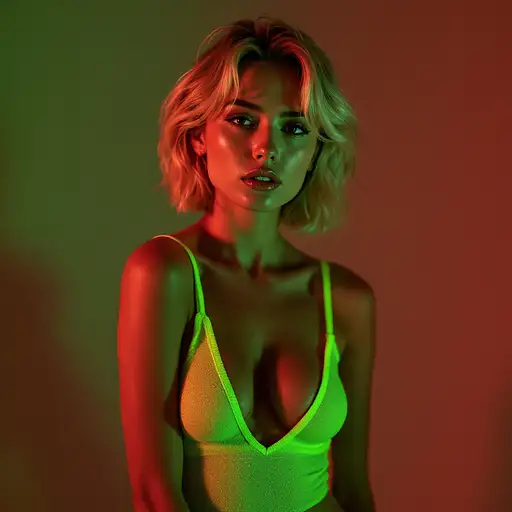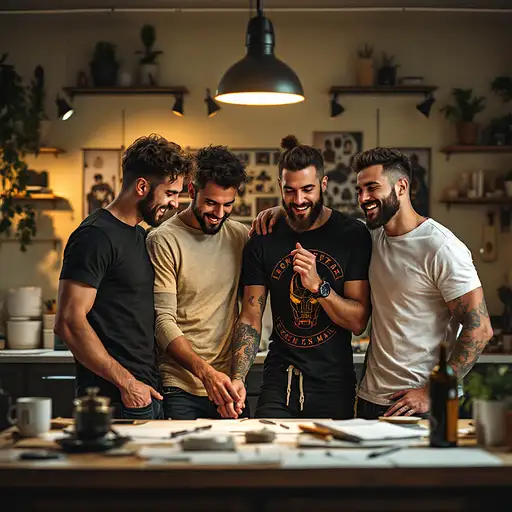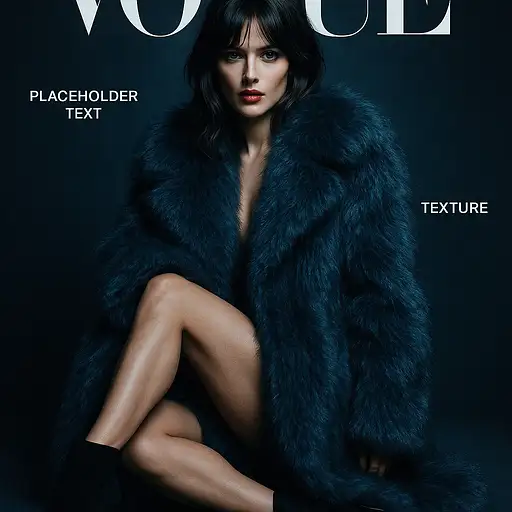
4 months ago
Vogue magazine cover photo of a high-fashion female model sitting confidently in a dramatic oversized faux fur coat, midnight blue or deep slate color, seductive expression with parted lips and intense eyes under curtain bangs, legs elegantly crossed, black high-heeled ankle boots, minimal skin exposure for luxurious allure, high-glam elegance. Studio lighting setup: cinematic three-point light — strong key light at 45° camera right for sculpted face shadows, soft fill from left to lift fur texture subtly, deep shadow falloff on background, low-angle rim light behind for contouring outline and leg highlights. Cold blue color grading with deep blacks and silver-blue accents. Popular editorial camera angle: low eye-level upward, medium-full body crop, centered composition with clean side margins for text placement. Background: seamless dark slate studio paper roll fading into black. Shot on high-end DSLR (Canon EOS R5 or Nikon Z9), 85mm lens effect, f/2.0 equivalent, shallow depth of field, hyper-detailed texture on fur and boots, cinematic fashion lighting. VOGUE masthead implied at top, text placeholders on left and right, photorealistic, ultra-HD, vertical magazine layout, aspect ratio 2:3 --ar 2:3 --v 6 --style raw
